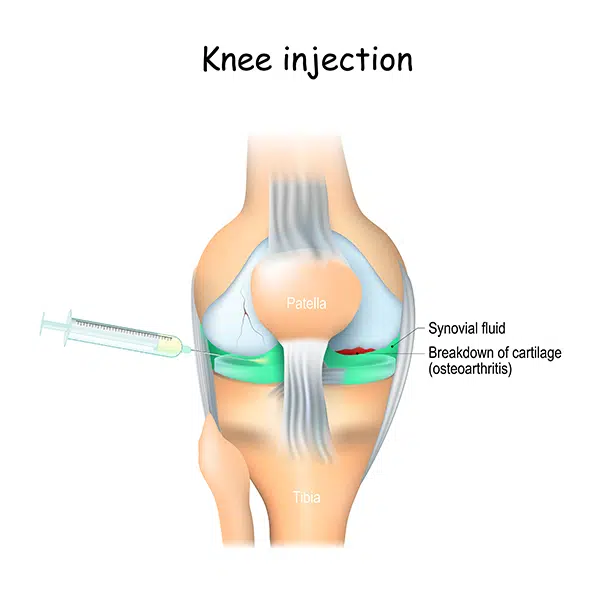Platelet Rich Plasma for Joints
If you are suffering from joint pain, your doctor may have recommended a Platelet-rich plasma (PRP) injection. PRP is a treatment that uses the patient’s blood to help heal injured tissue. In this article, we will discuss what PRP is, how it works, and the process of intra-articular PRP injection.
The process of intra-articular PRP injection

Dr. Salem Tomi uses a doppler to guide the PRP needle into the joint space. PRP is then injected into the joint space. The volume of the injected PRP varies according to the joints. For example, the PRP volume injected is usually between 0.25-0.50 mL for a small joint such as the wrist or ankle. For a larger joint such as the knee, hip, or shoulder, the PRP volume injected is usually between 4 to 6 MLS. The PRP injection process takes less than 30 minutes from start to finish. Patients can usually return to their normal activities the same day or the next day. PRP injections are usually given once a week for three to six weeks.

Healthy joints
A healthy joint requires a balance of cartilage, fluid, and bone. The cartilage is a smooth, rubbery tissue that covers the ends of bones and allows them to move smoothly against each other. The balance is maintained by producing and repairing these tissues through fine-tuned molecular signalling that controls homeostasis, damage, restoration, and remodelling of the joint tissues. Some of the most common joint medical conditions, such as osteoarthritis (OA)balance, are due to balance disruption.
PRP for knee osteoarthritis
Platelet-rich plasma (PRP) therapy has emerged as a potential treatment option for knee osteoarthritis. The therapy involves injecting a concentration of platelets from the patient’s own blood into the affected knee joint. The platelets release growth factors that promote healing and can help to reduce pain and inflammation. PRP therapy is considered to be a minimally invasive procedure with few side effects. The patient’s own blood is used, reducing the risk of an adverse reaction. The therapy can also be repeated if necessary. Some studies have shown that PRP therapy can be effective in reducing pain and improving knee function in patients with knee osteoarthritis. However, more research is needed to fully understand the effectiveness of PRP therapy for knee osteoarthritis treatment. It is important to note that PRP therapy may not be suitable for all patients with knee osteoarthritis. Patients with severe knee osteoarthritis or other underlying conditions may require more extensive treatments, such as joint replacement surgery.
